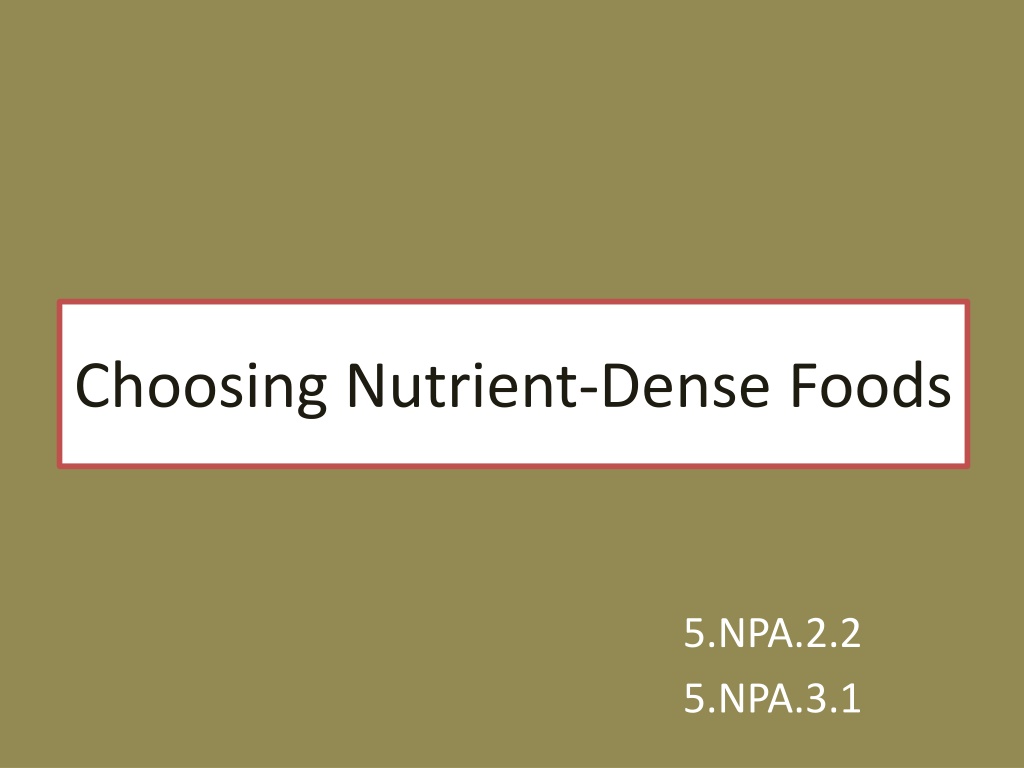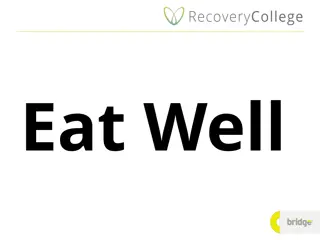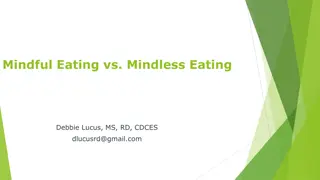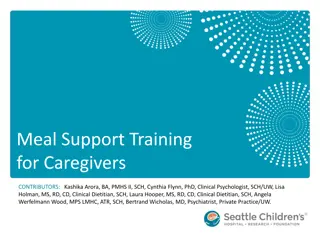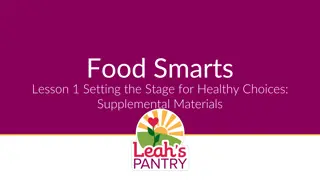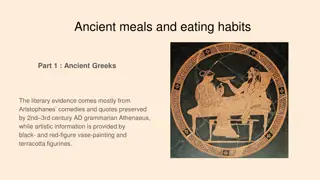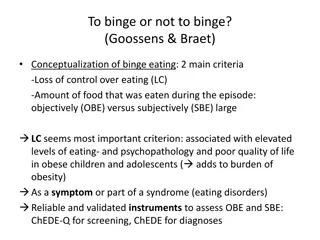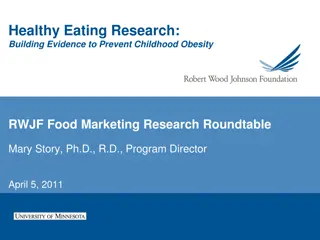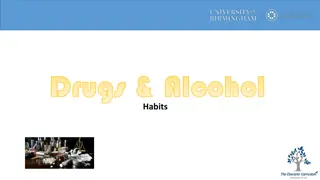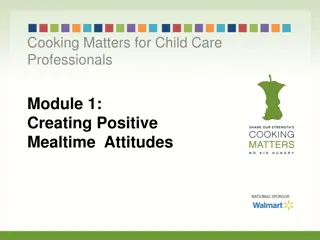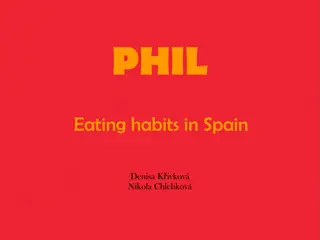Making Informed Choices for Healthier Eating Habits
Learn about nutrient-dense foods, empty calories, sugar content in foods, effects of high-fat and sugar consumption on health, and the nutritional value of milk and yogurt. Understand how these choices can impact weight, cholesterol levels, blood pressure, and overall health.
Download Presentation

Please find below an Image/Link to download the presentation.
The content on the website is provided AS IS for your information and personal use only. It may not be sold, licensed, or shared on other websites without obtaining consent from the author.If you encounter any issues during the download, it is possible that the publisher has removed the file from their server.
You are allowed to download the files provided on this website for personal or commercial use, subject to the condition that they are used lawfully. All files are the property of their respective owners.
The content on the website is provided AS IS for your information and personal use only. It may not be sold, licensed, or shared on other websites without obtaining consent from the author.
E N D
Presentation Transcript
Choosing Nutrient-Dense Foods 5.NPA.2.2 5.NPA.3.1
Interactive Food Label Interactive Nutrition Label: https://www.accessdata.fda.gov/scripts/Intera ctiveNutritionFactsLabel/#intro https://commons.wikimedia.org/wiki/File:Food_Label.png
Empty Calories Calories from food components, such as solid fats and added sugars, that provide little nutritional value Part of Total Calories listed on the food label Empty Calories from solid fats or added sugars can also be found in other foods.
Most Candies and Sodas are Empty Calories Food Amount Estimated Total Calories Estimated Empty Calories Regular soda 12 ounce can 136 136 Regular soda 20 ounce bottle 192 192 Fruit-flavored drink 8 ounces (1 cup) 128 128 Source: https://www.choosemyplate.gov/amount
Sugar in Foods Recommended daily amount is: 40 grams. 40 grams = 10 teaspoons. Do you think you go over the recommended level each day?
What about Milk? https://tools.myfooddata.com/nutrition-facts/171265/wt9 Chocolate milk https://tools.myfooddata.com/nutrition-facts/170880/wt1/1
What about Yogurt? Plain yogurt https://tools.myfooddata.com/nutrition-facts/171284/wt4/1 Silk peach soy yogurt https://tools.myfooddata.com/nutrition-facts/173779/wt1/1 Lowfat Greek vanilla yogurt https://tools.myfooddata.com/nutrition-facts/170907/100g/1
Effect on Health of High- Fat Food Consumption Weight gain/obesity High blood cholesterol High blood pressure Heart disease (heart attack, stroke) Some types of cancer
Effect on Health: Sugar Weight gain/obesity Lower good cholesterol (HDL) Higher bad cholesterol (LDL) Dental caries Increased risks for developing Type 2 Diabetes Slower immune system
Limiting Fats Use less butter and stick margarine Look for the lower fat versions Eat foods that are naturally low in fat: whole grains, fruit, and vegetables Limit fried food, processed foods, and baked goods Read the food label Limit of solid fats when cooking Choose lean meats Trim fat from meat
Limiting Sugars Limiting Sugars Choose fewer and smaller portions of foods and drinks that are high in sugar Look for similar versions with no added sugar Read the food label Limit added sugar when cooking or eating
Nutrition Paper Explains . . . 3. How intake of low-fat and low-sugar foods and drinks can help maintain a healthy weight. 4. Changes students want to make to lower their intake of fat and sugar. 1. Benefits and importance of a diet that is lower in fat. 2. Benefits and importance of a diet that is lower in sugar.
